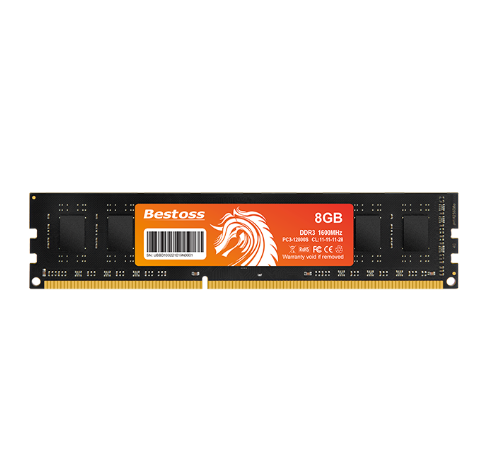
When it comes to upgrading your computer's memory, choosing between DDR4 and DDR3 RAM can be a daunting task. Both are prevalent memory types, but they offer distinct features and benefits. In this article, we'll break down the differences between DDR4 and DDR3 RAM to help you make an informed decision on which memory type is right for your needs.
DDR3 (Double Data Rate 3) RAM has been a staple in the world of computing for many years. It has served as a reliable workhorse, offering decent performance for a wide range of applications, from everyday computing to gaming.
DDR4 (Double Data Rate 4) RAM, introduced as the successor to DDR3, brought with it several advancements. It promised higher speeds, increased bandwidth, and improved power efficiency, setting a new standard in memory technology.

DDR4 RAM outpaces DDR3 when it comes to speed. It offers higher clock speeds, which translate into faster data transfer rates. This speed advantage can be especially noticeable in tasks that demand rapid data access, such as video editing and gaming.
DDR4 memory provides increased bandwidth compared to DDR3. This means that it can handle larger volumes of data more efficiently, resulting in smoother multitasking and improved overall system performance.
DDR4 RAM is designed to be more power-efficient than DDR3. It operates at a lower voltage, reducing energy consumption and generating less heat. This efficiency can lead to longer battery life in laptops and less strain on cooling systems in desktops.
When choosing between DDR4 and DDR3 RAM, it's essential to consider your motherboard's compatibility. DDR4 RAM modules have a different physical design and require DDR4-compatible motherboard slots. If your system has DDR3 slots, you'll need to stick with DDR3 RAM.
DDR4 RAM is now the standard, and as a result, it is more readily available and often similarly priced or even more affordable than DDR3. However, the cost may vary depending on factors like brand and capacity, so it's advisable to compare prices before making a purchase.

If you're looking to future-proof your system, DDR4 is the way to go. It has become the industry standard, and as technology advances, DDR4 will continue to be supported and compatible with new motherboards and processors.
In the DDR4 vs. DDR3 RAM showdown, your decision should be guided by your specific needs and system compatibility. DDR4 RAM stands out as the superior choice, offering unparalleled speed, bandwidth, and efficiency—making it the preferred option for those seeking peak performance. However, DDR3 RAM still holds its ground and suits older systems or individuals on a budget.
Before making your final decision, take into account your system's compatibility, budget constraints, and performance requirements. Whether you opt for DDR4 or DDR3, a RAM upgrade has the potential to breathe new life into your computer, enhancing its overall performance and responsiveness.
So, make your choice wisely with Bestoss, where we're committed to helping you make informed decisions about your computing needs. Your satisfaction is our priority, and we're here to assist you every step of the way in optimizing your computer's performance.